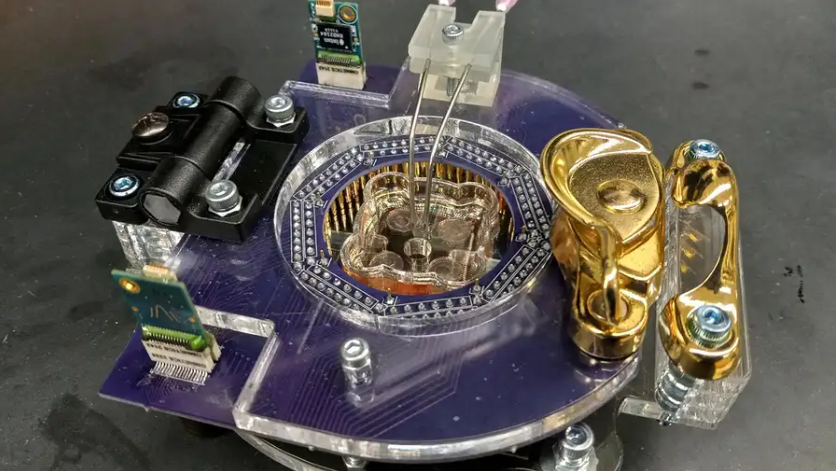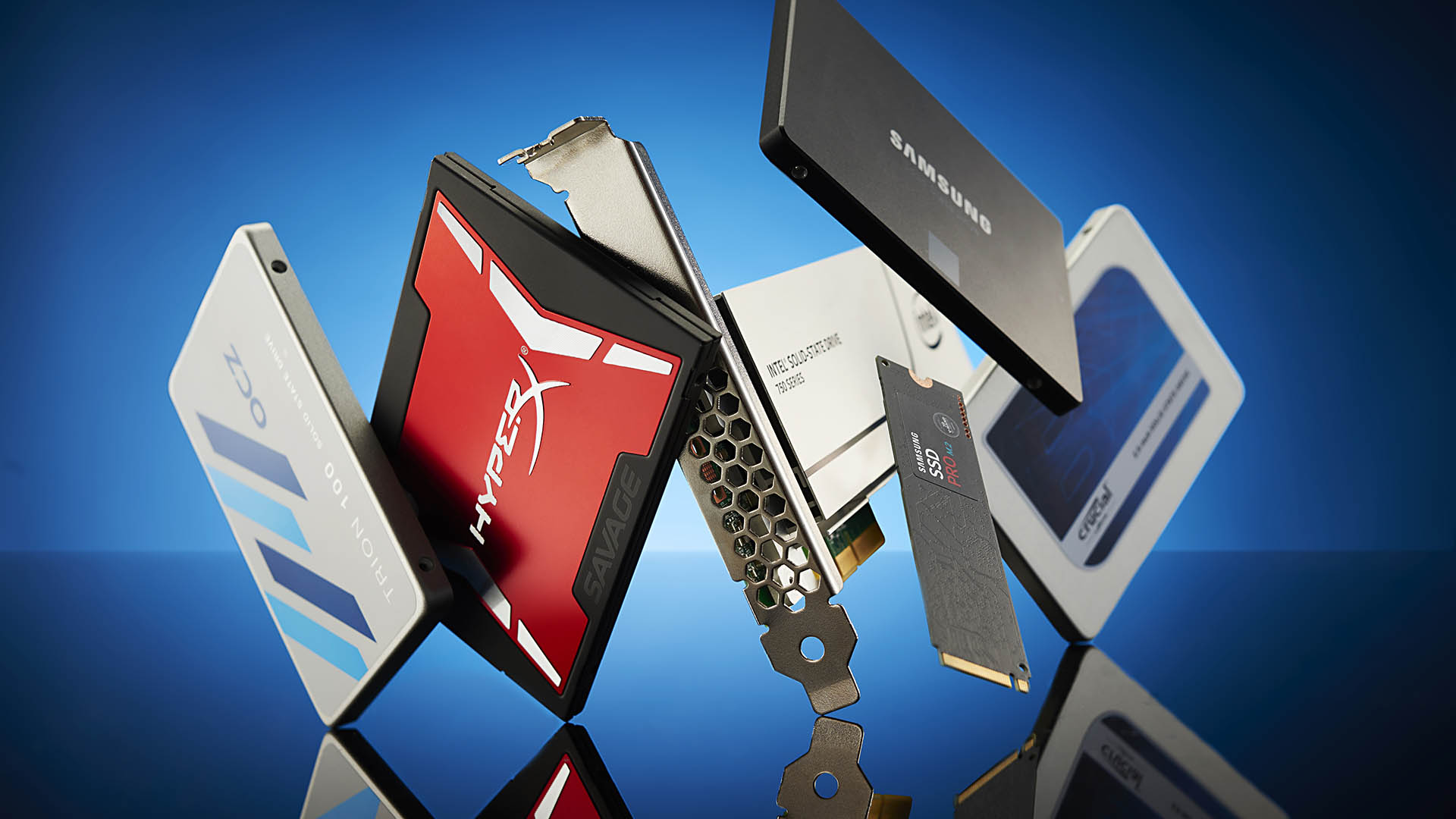We're one step closer to a meaty cyberpunk future as scientists create a 'living computer' using 80,000 mouse brain cells
So-called reservoir computing could create more energy efficient devices by combining meat and silicon.

Scientists in the US managed to put together a living computer by cultivating over 80,000 mouse stem cells (via IT Home). One day, the hope is to have a robot that uses living muscle tissue to sense and process information about its environment.
Researchers at the University of Illinois have used tens of thousands of living mouse brain cells to build a computer that can recognize patterns of light and electricity. The team presented their findings at the American Institute of Physics in the form of a computer about the size of your palm.
The scientists grew the computer, made of 80,000 reprogrammed mouse stem cells, and placed them between optical fibers on a grid of electrodes. The cells were kept alive in an incubator during the experiment, and the team trained the mouse brain-computer by flashing ten different patterns of electrical pulses repeatedly for an hour, then recorded and analyzed the signals sent by the neurons after it had rested for 30 minutes.
Just how good was it at analyzing the data? Well, its F1 score (a metric commonly used for neural networks) didn't start off too high, in all honesty. It's measured on a scale of 0 to 1, with 1 being perfect recognition of patterns. And initially it couldn't score above 0.6 due to random spikes of electricity coming from the neurons.
Congratulations, you weird mouse brain-bot!
But Andrew Dou and his team at the University of Illinois figured out a mix of chemicals and electronic impulses that could apparently calm such randomness. The end result was a rather spectacular score of 0.98 on its best run. So, congratulations, you weird mouse brain-bot!
Why are scientists experimenting with this sort of computing? So-called reservoir computing matches neurons made from living cells with conventional computer chips used to read the data they produce. The idea is that the division of labor between meat and silicon cuts down the time and energy needed to train more traditional neural networks.
Eventually it's hoped that reservoir computing could be used to create more efficient devices, that could also maintain continued functionality if parts are damaged or break down. The New Scientist report states that at the moment this mouse brain-bot can't yet match conventional neural networks in terms of raw performance, but the team is aiming to make a larger living computer.
The biggest gaming news, reviews and hardware deals
Keep up to date with the most important stories and the best deals, as picked by the PC Gamer team.

Best SSD for gaming: the best solid state drives around
Best PCIe 4.0 SSD for gaming: the next gen has landed
The best NVMe SSD: this slivers of SSD goodness
Best external hard drives: expand your horizons
Best external SSDs: plug in upgrades for gaming laptops and consoles
Somewhat worryingly, they're also hoping this larger mouse brain-bot will start to exhibit behavior they didn't input or train the neural network for. I've read enough science fiction to know how that goes.
This isn't the first time mouse cells have been used to power wild biohybrid tech. Scientists in January revealed that they made a tiny robot walk using mouse muscles and 3D printing to build a soft scaffold and got it to navigate a tiny maze.
One of the more realistic applications, according to New Scientist, is a robot that could eventually sense its environment and process the data simultaneously. So we're one step closer to all-meat robots. Researchers also say that living cells for computing could make reservoir computing devices (used for supreme machine learning algorithms) more power-efficient, acting as a backup for components if they fail.
And no, I'm not entirely terrified by this. Are you?

Jorge is a hardware writer from the enchanted lands of New Jersey. When he's not filling the office with the smell of Pop-Tarts, he's reviewing all sorts of gaming hardware, from laptops with the latest mobile GPUs to gaming chairs with built-in back massagers. He's been covering games and tech for over ten years and has written for Dualshockers, WCCFtech, Tom's Guide, and a bunch of other places on the world wide web.

